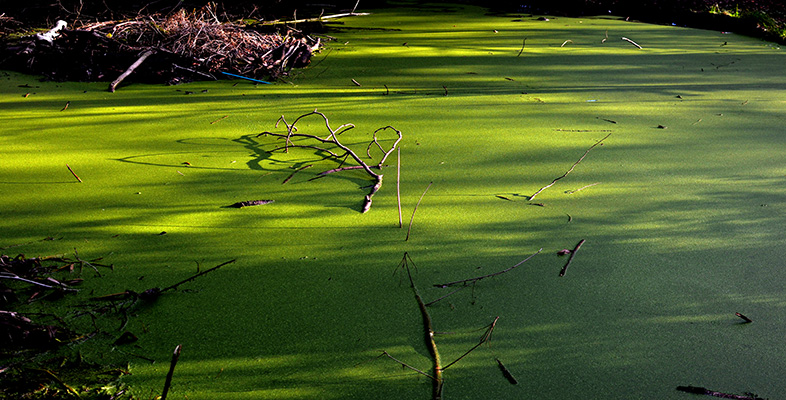3.2.2 Domestic detergents
Domestic detergents are a major source of phosphorus in sewage effluents. Phosphates are used as a ‘builder’ in washing powders to enhance the efficiency of surfactants by removing calcium and magnesium to make the water ‘softer’. In 1992, the UK used 845 600 tonnes of detergent of various types, all of which have different effects on the environment. Estimates of the relative contribution of domestic detergents to phosphorus build-up in Britain’s watercourses vary from 20-60%. The UK’s Royal Commission on Environmental Pollution (RCEP) reviewed the impacts of phosphate-based detergents on water quality in 1992, focusing on the effects on freshwater. The RCEP concluded that eutrophication was widespread over large parts of the country, and recommended a considerable investment in stripping phosphates from sewage as well as efforts to reduce phosphate use in soft-water areas. The main problem is that many of the ingredients of detergents are not removed by conventional sewage treatment and degrade only slowly.
SAQ 17
Why did the RCEP recommend that phosphate use be reduced particularly in ‘soft’ water areas?
Answer
The reason for including phosphates in detergents is to soften the water, so in areas with naturally soft water they provide no benefit yet still cause pollution.
Other compounds added to detergents may also contribute to eutrophication. Silicates, for example, particularly if used as a partial replacement for phosphates in detergents, can lead to increased growth of diatoms. These algae require silicates to build their ‘skeleton’ and their growth can be limited by silicate availability. When silicates are readily available, diatoms characteristically have ‘spring blooms’ of rapid growth, and can smother the surfaces of submerged macrophytes, depriving them of light. A loss of submerged macrophytes is a problem because it results in the loss of habitat for organisms feeding on phytoplankton, and therefore the risk of blooms by other species is enhanced.
